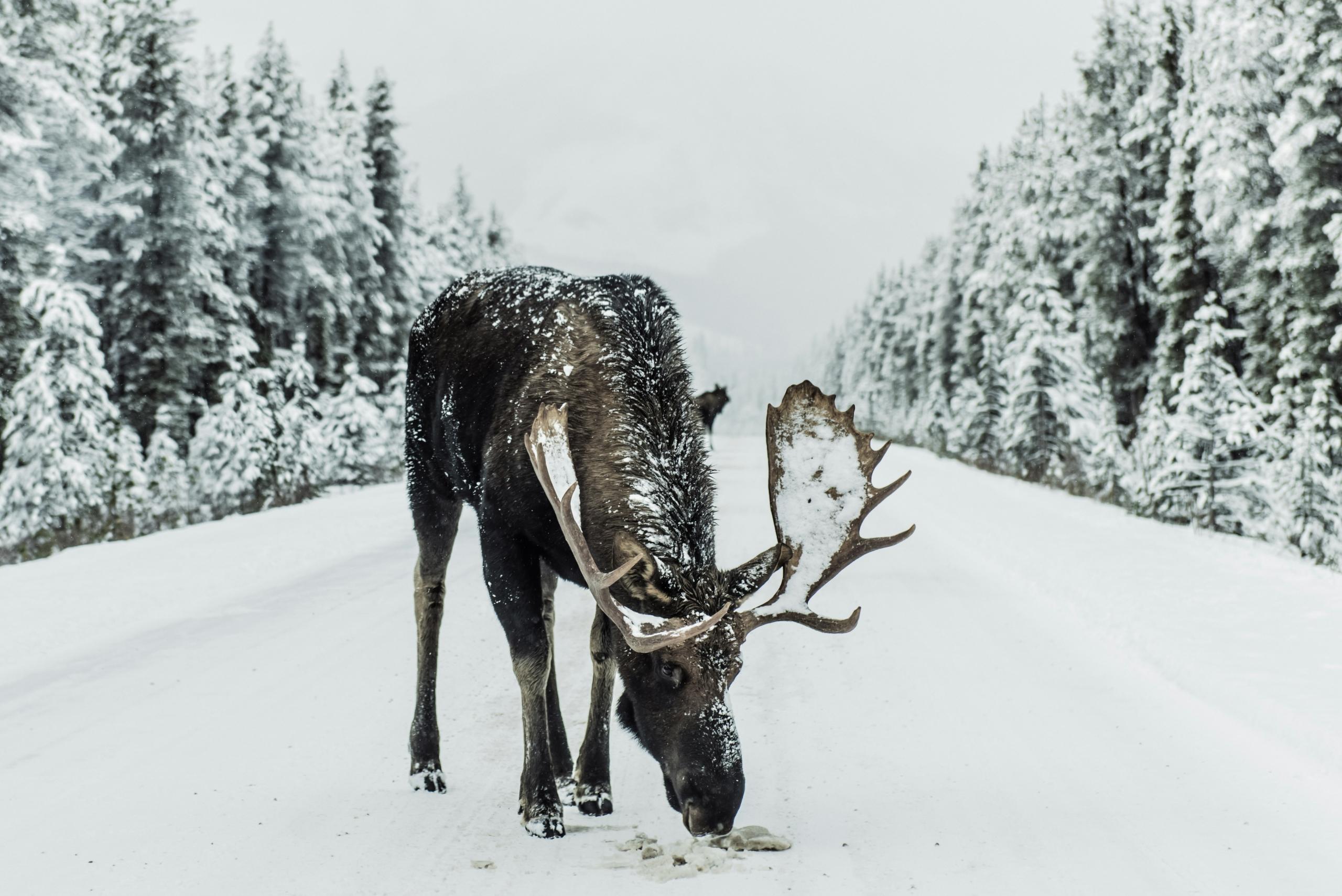The mighty moose is one of Canada’s most iconic animals, representing strength, resilience, and the wild beauty of the Canadian wilderness. As the largest member of the deer family, the moose plays a significant role in the country’s natural heritage. In this article, we will explore why the moose symbolizes Canada, its unique traits, and where you can experience these majestic creatures in their natural environment.

What Makes a Moose Unique?
The Canadian moose is one of the most impressive animals roaming the wilderness of North America. Known for its size and adaptability, this giant of the deer family thrives in the cold northern climates of Canada. Below, we dive into some key facts about the Canadian moose, from their size and behavior to how they compare with other species.
How Big Are Canadian Moose?
The Canadian moose is one of the largest mammals in North America. Adult male moose, called bulls, typically weigh between 800 and 1,500 pounds, with some even reaching up to 1,800 pounds. Female moose, known as cows, are smaller, usually weighing between 600 and 800 pounds. Moose also stand impressively tall, reaching between 5 to 7 feet at the shoulder, with their antlers adding extra height and a majestic presence.
Canadian moose are generally larger than their American counterparts, particularly those in northern Canada, where the colder climate leads to bulkier moose. While moose found in Alaska and other northern U.S. regions are also sizable, Canadian moose tend to outsize them.
In comparison the caribou, another iconic animal of the Canadian wilderness, are significantly smaller. Caribou generally weigh between 180 and 400 pounds and stand around 3 to 4.5 feet tall at the shoulder. While both species are members of the deer family, moose are far larger and bulkier than caribou, known for their incredible endurance during their annual migrations across the Arctic. Moose are more solitary and rely on their strength and size to navigate Canada’s dense forests and wetlands, while caribou often travel across vast tundra landscapes in herds.
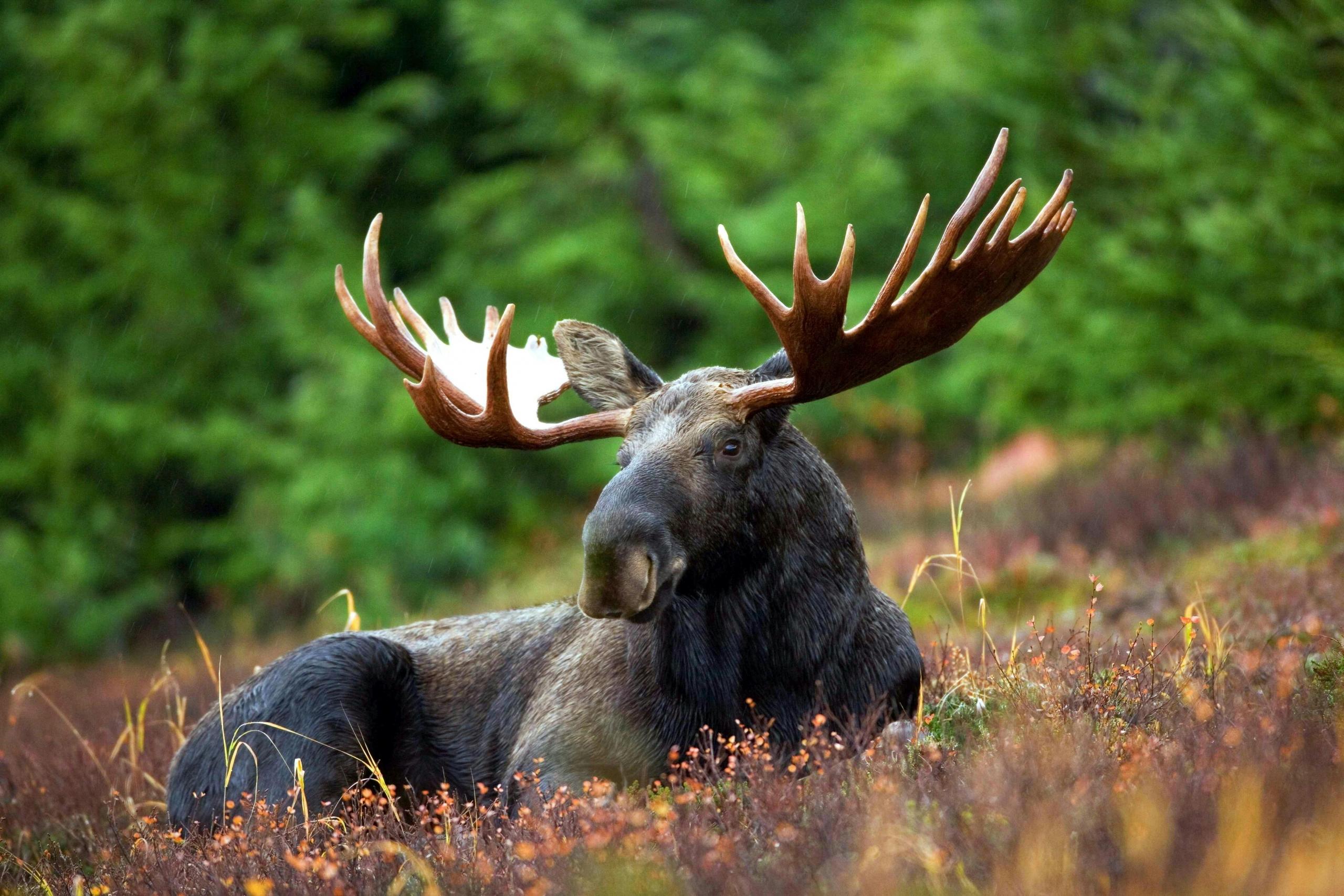
Moose vs. Elk: What’s the Difference?
One of Canada's most commonly asked questions about wildlife is the difference between moose and elk.
Although both animals belong to the deer family, several key distinctions set them apart. Moose are significantly larger, with a bulkier frame and broader antlers than elk. Moose are solitary animals, preferring to live in dense forests and wetlands, while elk are more social and typically live in larger herds, favoring open areas like grasslands and meadows.
Regarding behavior and habitat, elk are more likely to be spotted in larger groups, moving together across open landscapes. In contrast, moose tend to be more elusive, using the cover of forests to navigate their environment. This size difference and their contrasting social habits make them easily distinguishable when seen in the wild.
Where Do Canadian Moose Live, and What Do They Eat?
Canadian moose are highly adaptable animals that can thrive in various habitats but are most commonly found in boreal and mixed forests. These environments offer abundant water sources, such as lakes, rivers, and wetlands, which are essential for moose.
Their diet primarily consists of vegetation, including leaves, twigs, and bark from trees like willow, birch, and aspen. During the harsh winter months, when food is scarce, moose rely on eating tree bark to survive.
While moose are generally solitary creatures, much like the polar bear, they only come together during the fall mating season, known as the rut. During this time, males, or bulls, engage in fierce battles, using their large antlers to compete for mates. After the rut, females, or cows, usually give birth to one calf in the spring, though twins are common in areas where food is plentiful.
Moose are vital to Canada’s ecosystems, like the Canada lynx, and both species adapt to survive in challenging wilderness.
Moose are excellent swimmers and often dive into lakes to feed on aquatic plants like pondweed and water lilies.
Challenges Facing the Canadian Moose in the Wild
Despite their resilience and adaptability, moose face several challenges in the wild.
One of the biggest threats is habitat loss due to human activities such as logging, urbanization, and road construction, which fragment their natural environments.
Climate change also plays a significant role, as warmer winters can increase tick infestations, which can severely weaken or even kill moose. Additionally, changing weather patterns may impact food availability, making it harder for moose to find the vegetation they need to survive.
Moose can also pose a danger to people who get too close. While they may seem calm and slow-moving, moose can be highly dangerous, especially if they feel threatened.
They are most aggressive during the mating season (rut) and when protecting their young. With their immense size, powerful legs, and sharp hooves, moose can charge at high speeds, easily injuring or even killing humans who approach too closely.
Visitors should always maintain a safe distance from moose, especially in areas where they are known to roam, and never attempt to feed or interact with them to avoid potentially dangerous encounters. Being mindful of their behavior is essential for ensuring both personal safety and the well-being of the moose.
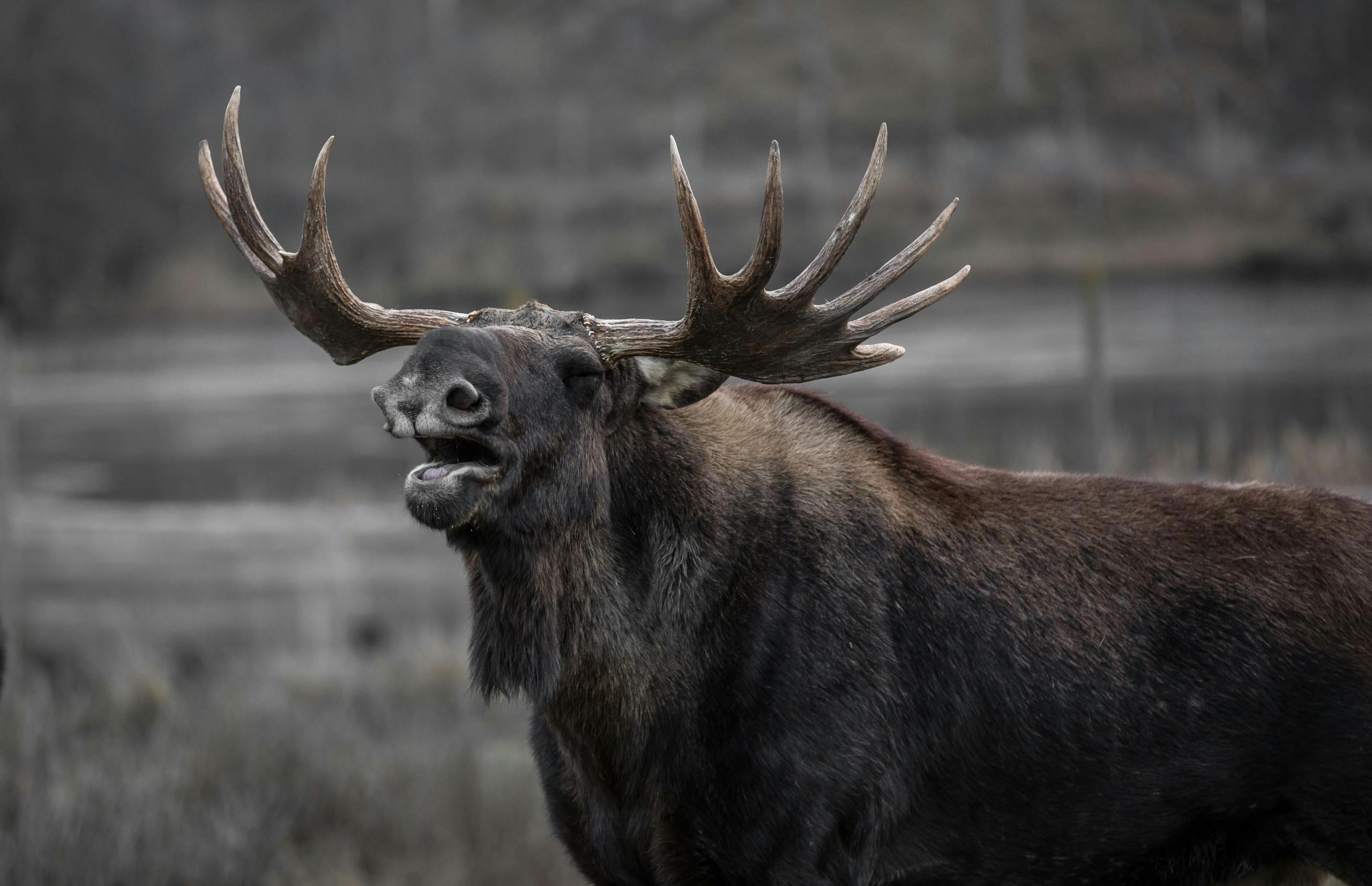

Where to See Moose in Canada?
If you’re hoping to catch a glimpse of a majestic moose in the wild, Canada offers several prime locations to observe these incredible animals. Here are four of the best spots:
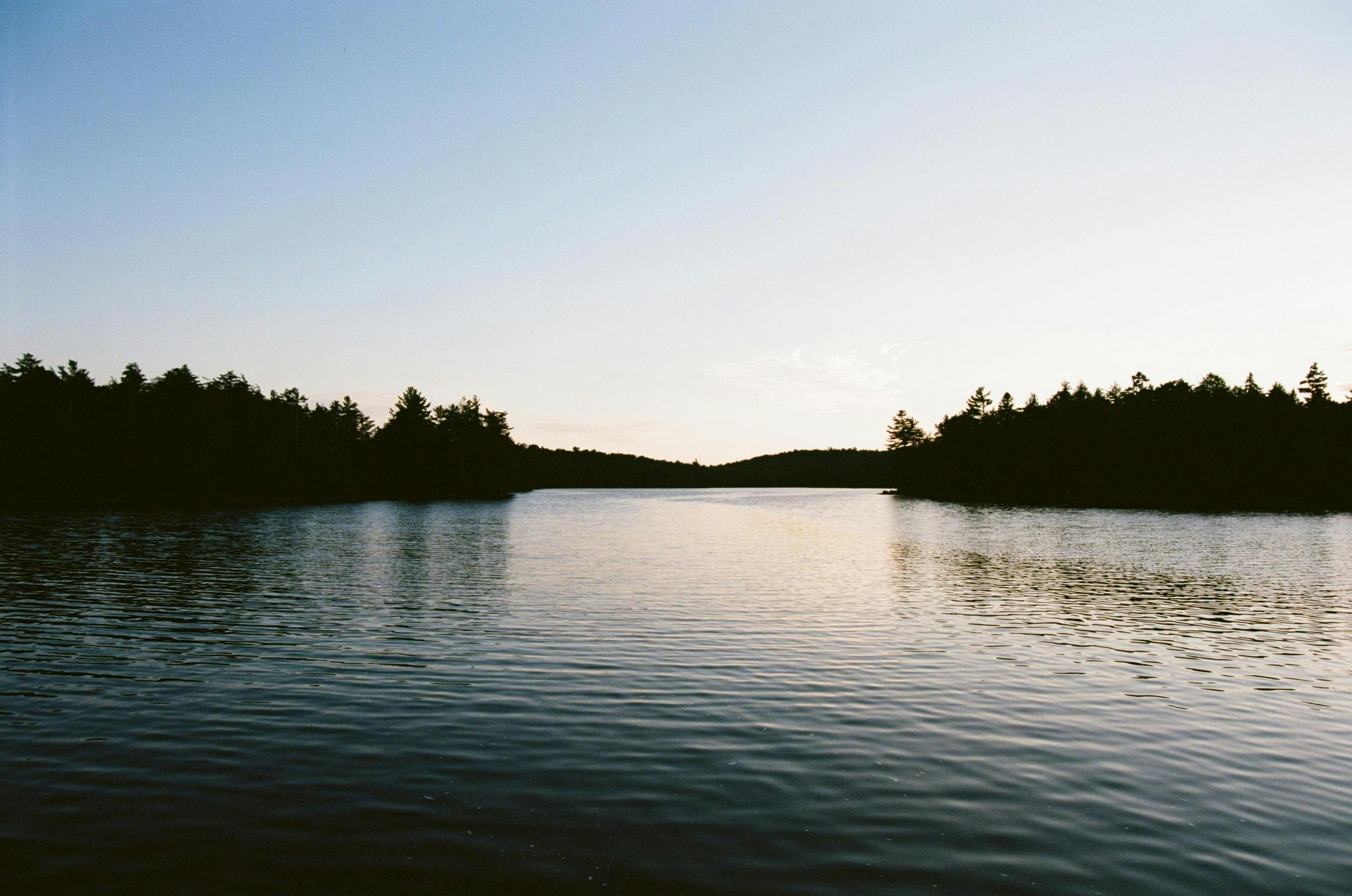
Algonquin Provincial Park, Ontario
One of the best places to spot moose in Ontario, with abundant forests and lakes that attract moose year-round.
Jasper National Park, Alberta
Known for its stunning mountain scenery, Jasper provides ideal moose habitat in its wetland areas and forests.
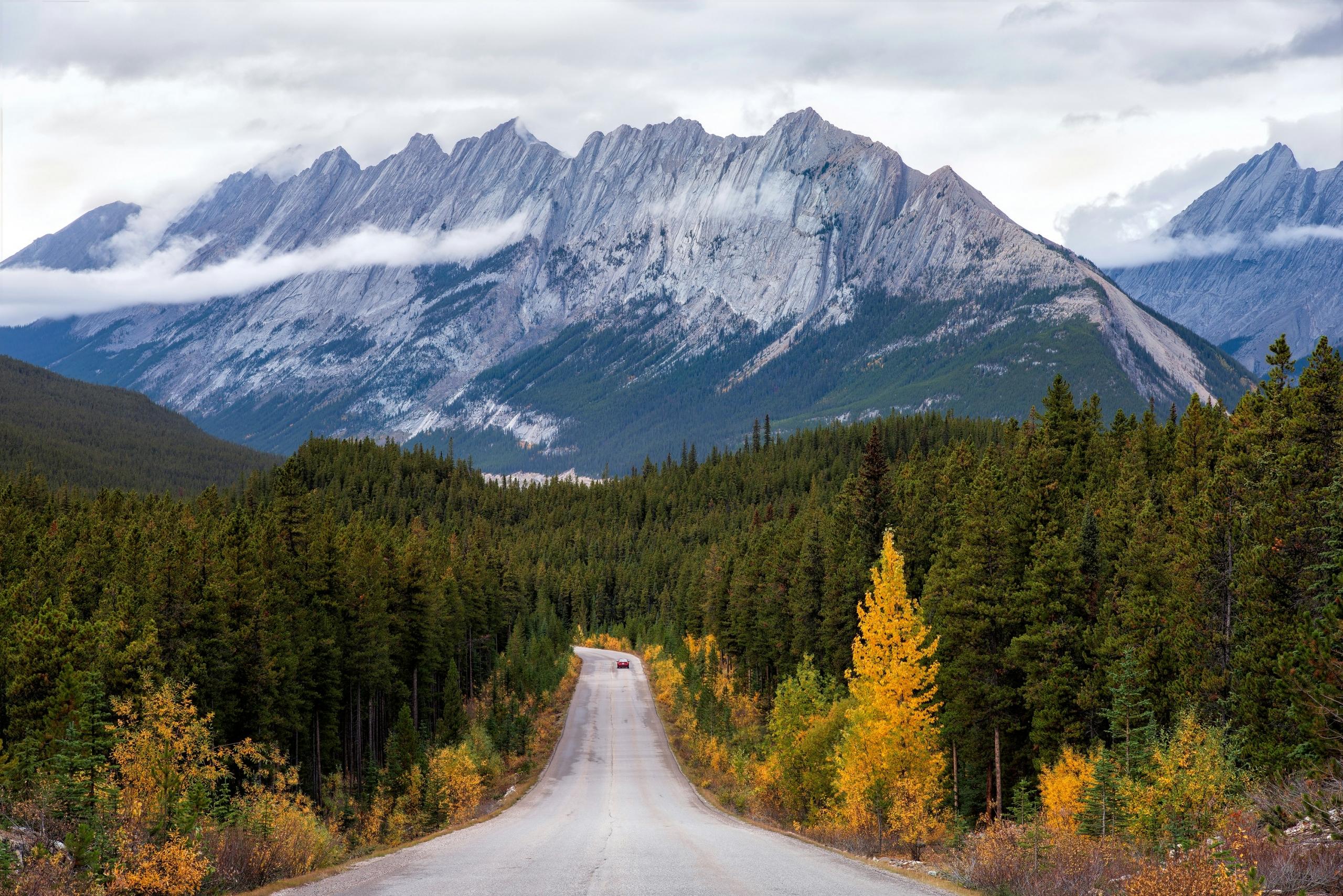
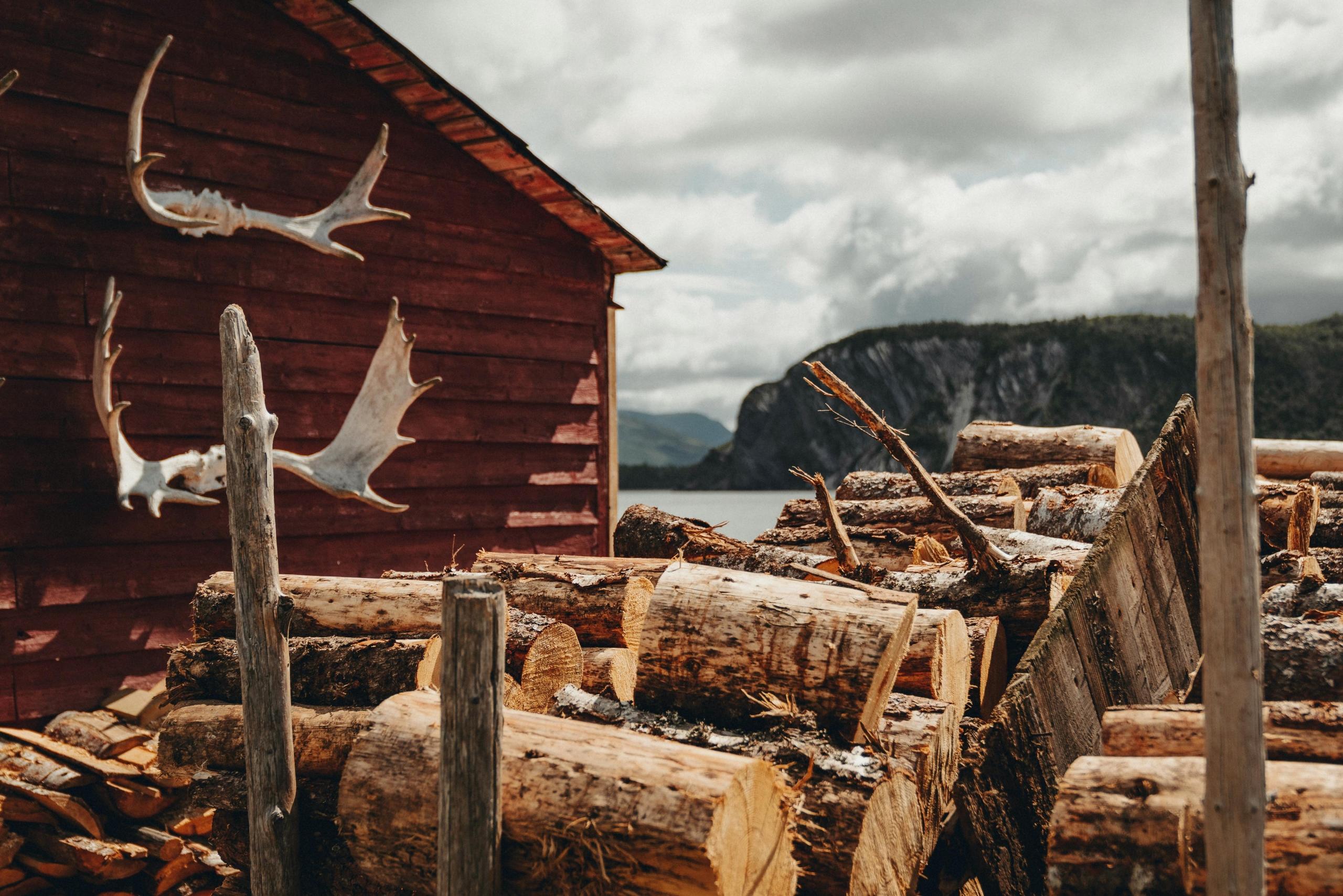
Gros Morne National Park, Newfoundland and Labrador
Home to one of the highest moose densities in the world, this park offers excellent opportunities to see moose in their natural environment.
Cape Breton Highlands, Nova Scotia
A beautiful location with forested highlands, making it a great place to spot moose while hiking or driving through the park.
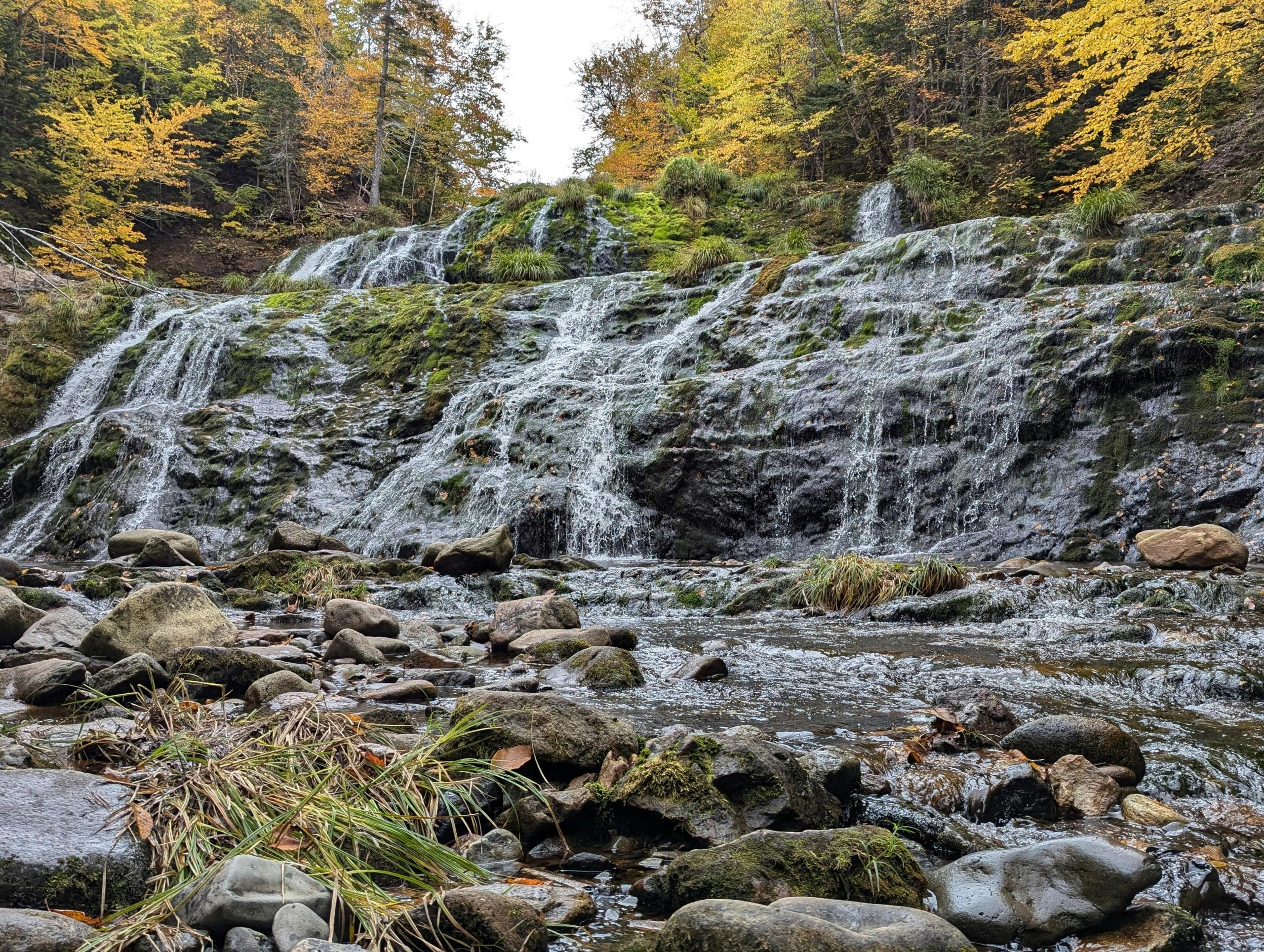
These locations are all ideal for observing moose in their natural habitats, offering a range of environments that highlight the adaptability and majesty of these creatures.
Whether it’s the lush wetlands of Algonquin Provincial Park, the rugged mountains of Jasper National Park, the dense forests of Gros Morne National Park, or the scenic highlands of Cape Breton, each area provides unique opportunities to see moose in action. The varying landscapes—from lakes and rivers to mountainous regions—attract moose with abundant food sources and shelter, making them prime spots for visitors eager to witness these magnificent animals in the wild.
Early morning and late evening are often the best times for sightings, as moose are most active during these cooler periods.
Why Is the Moose a Symbol of Canada?
The Canadian moose is often regarded as a symbol of strength and perseverance, representing the resilience needed to thrive in Canada’s diverse and sometimes harsh climates. Found across most provinces and territories, the moose has adapted to environments ranging from dense forests to wetlands. Its sheer size and impressive antlers make it stand out, while its calm and solitary nature reflects the peacefulness of the vast Canadian wilderness.
Historically, the moose has played a significant role in Indigenous culture and the lives of early settlers, providing food, clothing, and tools from its antlers and bones. Even today, the moose is deeply ingrained in Canadian identity, featured in art, literature, and even on the coat of arms of some provinces. The moose’s ability to adapt and survive in varying environments makes it a fitting emblem of Canada’s enduring natural spirit.
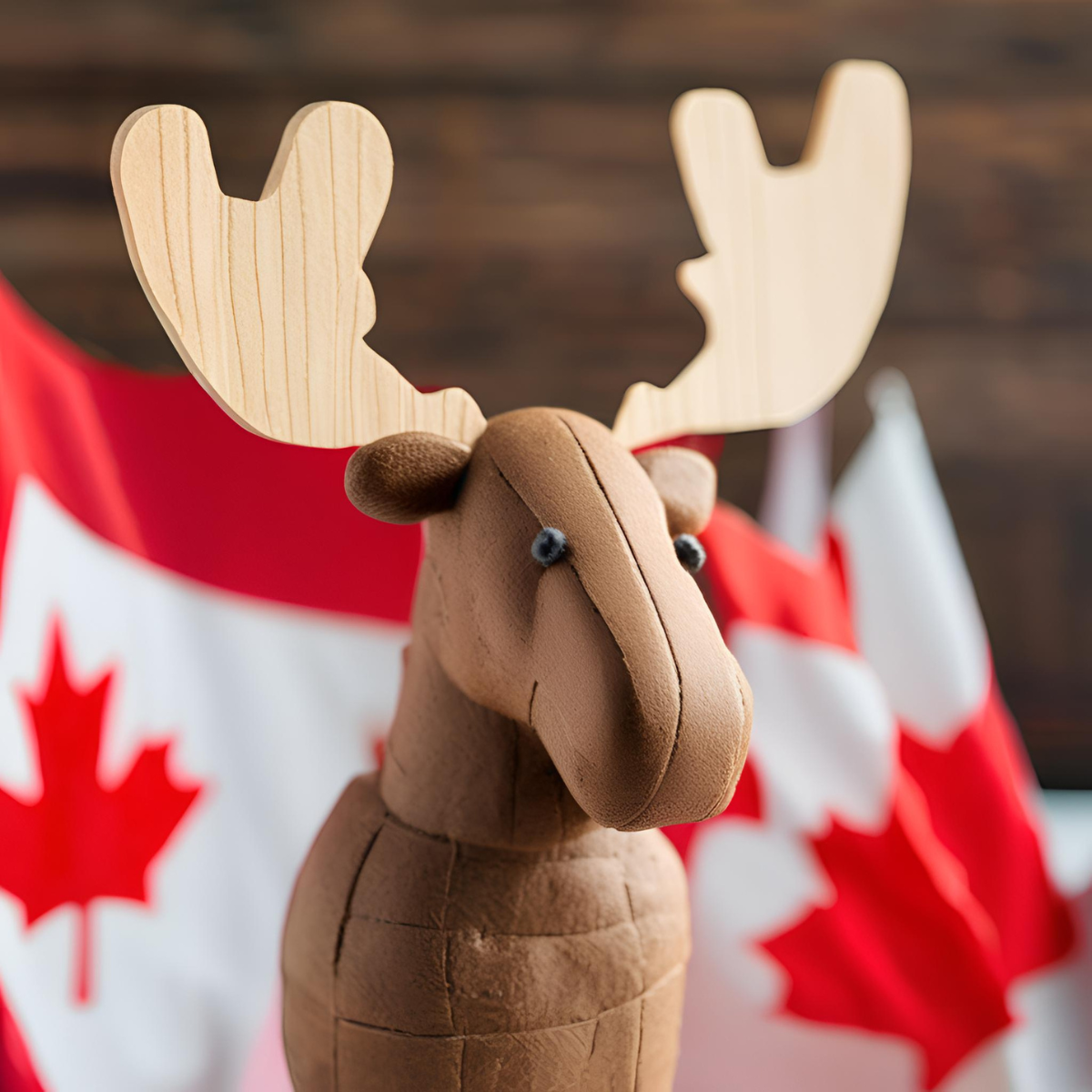
Who Is Mac the Moose?
Mac the Moose is an iconic figure located in Moose Jaw, Saskatchewan. Standing at an impressive 32 feet tall, this giant moose statue is one of the largest of its kind and has become a beloved Canadian symbol.
Originally built in 1984, Mac the Moose has drawn attention as a quirky landmark. It represents the town of Moose Jaw and Canada’s deep connection to the moose as a cultural icon. In 2019, Mac gained international fame when a friendly rivalry sparked between Canada and Norway over which country had the tallest moose statue.
After temporarily losing the title, Mac was fitted with a larger set of antlers, reclaiming his position as the world’s tallest moose statue. Mac the Moose not only stands as a fun tourist attraction but also as a symbol of Canadians' playful pride in their natural wildlife.
Conclusion
In conclusion, the Canadian moose remains a powerful and enduring symbol of strength and resilience. It represents the wild beauty of the country’s diverse ecosystems and embodies the spirit of adaptation in harsh environments.
From its impressive size and majestic antlers to its vital role in the ecosystems it inhabits, the moose is an emblem of Canada’s natural heritage. Whether you’re exploring Ontario's boreal forests or Alberta's mountainous regions, encountering a moose in its natural habitat is an unforgettable experience that connects you to the heart of Canada’s wilderness.

